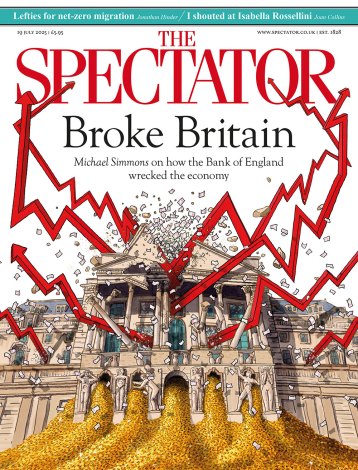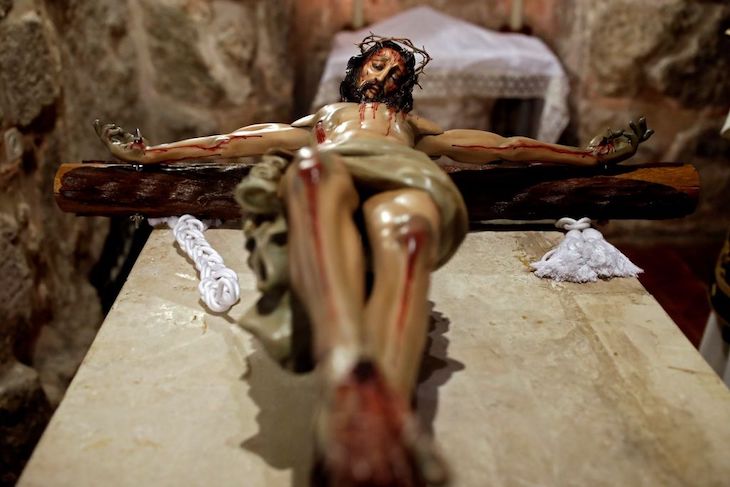Today, an Irish election takes place which has seen parties from the left, right, and centre seek to outbid each other in making extravagant electoral promises.
While Irish government over-spending on vanity projects is nothing new, recently public service profligacy has risen to entirely new heights. €350,000 was forked out on a bicycle shed for parliamentarians. It seems it won’t even protect their bicycles from that most common form of Irish weather: rain.
Irish political leaders are extremely concerned that the incoming US President could kill the golden goose
A children’s hospital that was scheduled to cost €650,000 is now running at €2.2 billion, and it’s still not finished. And the daddy of them all, a proposed metro link from Dublin airport to the city centre is currently estimated to cost between €2.3 billion and €9.5 billion – what could possibly go wrong? Its opponents fear that the true costs of this infrastructure project could end up making HS2 look like a model of financial planning and probity by comparison.
Yet the fiscal foundation upon which this lavish public sector spending spree is based has ‘flight risk’ written all over it. With 60 per cent of Irish corporate tax revenue coming from just ten US multinationals, Ireland has always been extremely vulnerable. Then three weeks ago that risk exposure became dramatically worse with the election of Donald Trump.
Still two months out from being sworn in, Trump is already roiling international markets with his nightly tariff tweets. He has been signalling a Savonarola-like determination to make a bonfire of the trade vanities by tackling US trade imbalances.
Irish political leaders are extremely concerned that the incoming President could kill the golden goose that lays the Irish corporate tax revenue eggs. This week on the election stump, Taoiseach Simon Harris admitted the scale of the risk facing Ireland: ‘If three US companies left Ireland it could cost us €10 billion in corporation tax.’
American administrations have long-standing concerns over what are seen as Irish tax shenanigans and the resulting massive trade distortions.
In 2015 Irish GDP jumped by an eye-watering (some said, magical) 26 per cent. Such spectacular GDP growth rates merely required a few extra planeloads of Viagra from Pfizer’s Cork plant and some bulk transfers of software licenses from Microsoft in Dublin. At the time, this phenomenon was dubbed ‘leprechaun economics’ by Nobel economics laureate Paul Krugman.
When he was chairman of the House Ways and Means Committee, Democrat lawmaker Charlie Rangel, used to launch regular broadsides against the iniquities of the Irish corporate tax system which he claimed was ‘stealing’ US tax revenue. Yet nothing was done about it because Irish lobbying in the US has been hugely successful. That is due in part to its very close affinities with the Democratic party elites, such as the Clintons.
That type of shamrock-and-shillelagh diplomacy also worked extremely well during Joe Biden’s presidency. It is very unlikely, however, to cut the mustard with the incoming Trump administration.
Indeed, his Commerce Secretary nominee, Howard Lutnick, has already pointed the finger at Ireland saying, it is ‘nonsense that Ireland of all places runs a trade surplus at our expense.’
It may still be too early to assess how Trump’s trade turbulence will affect the Irish economy, but, so far, the omens are not good.







Comments